-
 bitcoin
bitcoin $122288.232522 USD
0.16% -
 ethereum
ethereum $4480.662914 USD
-0.22% -
 xrp
xrp $2.962747 USD
-2.32% -
 tether
tether $1.000120 USD
-0.05% -
 bnb
bnb $1145.654223 USD
-2.07% -
 solana
solana $227.105217 USD
-1.67% -
 usd-coin
usd-coin $0.999548 USD
-0.02% -
 dogecoin
dogecoin $0.250875 USD
-2.04% -
 tron
tron $0.340654 USD
-0.49% -
 cardano
cardano $0.837968 USD
-2.52% -
 hyperliquid
hyperliquid $48.960449 USD
0.06% -
 chainlink
chainlink $22.049280 USD
-1.33% -
 ethena-usde
ethena-usde $1.000404 USD
0.02% -
 sui
sui $3.586212 USD
0.20% -
 avalanche
avalanche $29.894916 USD
-4.18%
Is a W-shaped bottom formed by the KDJ indicator at a low level a bottom signal? Is it a good time to buy?
A W-shaped bottom in the KDJ indicator suggests weakening bearish momentum and potential reversal, but should be confirmed with volume, price action, and broader market context to avoid false signals.
Sep 19, 2025 at 12:19 pm
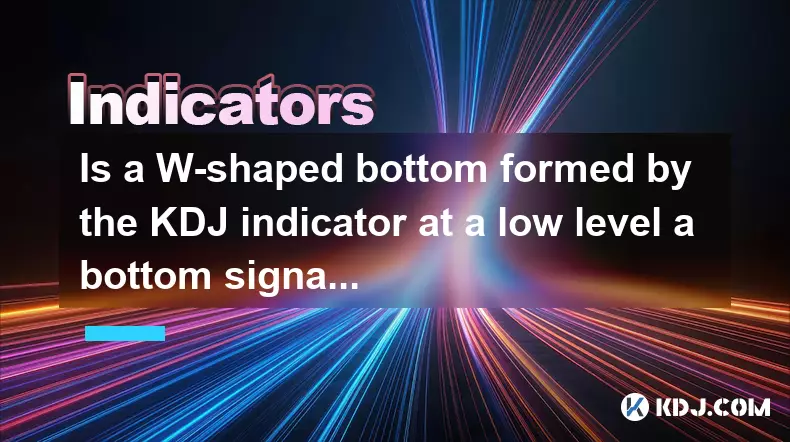
Understanding the W-Shaped Bottom in KDJ Indicator
1. The KDJ indicator, a popular momentum oscillator in technical analysis, combines the stochastic concepts of %K, %D, and %J lines to assess overbought or oversold conditions in financial markets. A W-shaped bottom occurs when the KDJ lines dip into oversold territory, rebound, fall back again without breaking into deeper oversold levels, and then rise for a second time, forming two distinct troughs that resemble the letter 'W'. This pattern is often interpreted as a potential reversal signal after a downtrend.
2. In the context of cryptocurrency trading, where volatility is high and sentiment shifts rapidly, such patterns can appear frequently on shorter timeframes like 4-hour or daily charts. When the KDJ values remain below 20—commonly accepted as the oversold threshold—and form this double-bottom structure, traders may perceive it as early evidence of accumulating buying pressure.
3. However, the mere appearance of a W-shape does not guarantee a sustained upward move. It must be evaluated alongside volume trends, price action confirmation, and broader market conditions. For instance, if Bitcoin has been declining due to macroeconomic concerns, a local KDJ bottom might only represent a temporary pause rather than a true reversal.
4. A W-shaped bottom in the KDJ at low levels suggests weakening selling momentum and possible stabilization, but it should never be used in isolation to justify a buy decision. Confirmation from candlestick patterns such as bullish engulfing or hammer formations strengthens the validity of the signal.
Conditions That Strengthen the Buy Signal
1. One key factor is divergence: if the asset’s price makes a lower low while the KDJ forms a higher low during the second dip, this bullish divergence increases the reliability of the W-pattern. Such discrepancies indicate that bearish momentum is fading even if prices continue to drop slightly.
2. Volume plays a critical role. A genuine accumulation phase typically sees rising volume on the recovery leg after the second bottom. In contrast, flat or declining volume suggests weak participation and raises doubts about the strength of the rebound.
3. Alignment with support zones enhances credibility. If the two lows align with a known horizontal support level, a trendline, or a Fibonacci retracement zone (such as 61.8%), the confluence of technical factors improves the risk-reward profile for entering long positions.
4. When multiple indicators—including moving averages, RSI, and on-chain data—also show signs of stabilization or improvement, the probability of a successful reversal increases significantly. For example, if network value-to-transaction (NVT) ratio stabilizes while active addresses begin rising, these on-chain metrics support the technical signal.
Risks and False Signals in Crypto Markets
1. Cryptocurrency markets are prone to manipulation, especially in lower-cap altcoins. Whales can trigger stop-loss clusters and create artificial dips that mimic technical patterns like the W-bottom, only to reverse sharply afterward. These 'bull traps' often catch retail traders off guard.
2. High-frequency trading algorithms and flash crashes can distort KDJ readings temporarily. A sudden spike in volatility may push the J line deep into negative territory for just one candle, creating a false impression of an oversold bounce setup.
3. Market context matters immensely. During strong bear markets—such as those seen in 2018 or 2022—technical indicators tend to generate numerous premature buy signals. Assets may form multiple W-patterns only to resume their downward trajectory after brief rallies.
4. Traders who rely solely on chart patterns without considering funding rates, exchange flows, or regulatory news expose themselves to substantial downside risk. Negative funding rates in perpetual futures markets, for example, suggest persistent bearish sentiment that could invalidate short-term bullish setups.
Frequently Asked Questions
What timeframes are best for identifying a reliable W-shaped bottom in KDJ?The daily and 4-hour charts offer the most meaningful signals. Shorter intervals like 15-minute frames produce excessive noise and frequent false patterns due to micro-manipulation and automated trading.
Can the KDJ indicator work effectively in ranging crypto markets?Yes, KDJ performs well in sideways or consolidating markets where overbought and oversold extremes reliably precede reversals. Its sensitivity makes it ideal for identifying entry and exit points within defined ranges.
How should position size be adjusted when trading a W-shaped KDJ signal?Position sizing should remain conservative, especially in volatile assets. Using partial entries—allocating half the intended capital at the first sign of reversal and the rest after confirmation—helps manage risk effectively.
Does the KDJ perform differently across various cryptocurrencies?Absolutely. Major coins like Bitcoin and Ethereum exhibit more predictable KDJ behavior due to higher liquidity and participation. Low-volume altcoins often display erratic KDJ movements influenced by pump-and-dump schemes or exchange-specific anomalies.
Disclaimer:info@kdj.com
The information provided is not trading advice. kdj.com does not assume any responsibility for any investments made based on the information provided in this article. Cryptocurrencies are highly volatile and it is highly recommended that you invest with caution after thorough research!
If you believe that the content used on this website infringes your copyright, please contact us immediately (info@kdj.com) and we will delete it promptly.
- BlockDAG, DOGE, HYPE Sponsorship: Crypto Trends Shaping 2025
- 2025-10-01 00:25:13
- Deutsche Börse and Circle: A StableCoin Adoption Powerhouse in Europe
- 2025-10-01 00:25:13
- BlockDAG's Presale Buzz: Is It the Crypto to Watch in October 2025?
- 2025-10-01 00:30:13
- Bitcoin, Crypto, and IQ: When Genius Meets Digital Gold?
- 2025-10-01 00:30:13
- Stablecoins, American Innovation, and Wallet Tokens: The Next Frontier
- 2025-10-01 00:35:12
- NBU, Coins, and Crypto in Ukraine: A New Yorker's Take
- 2025-10-01 00:45:14
Related knowledge
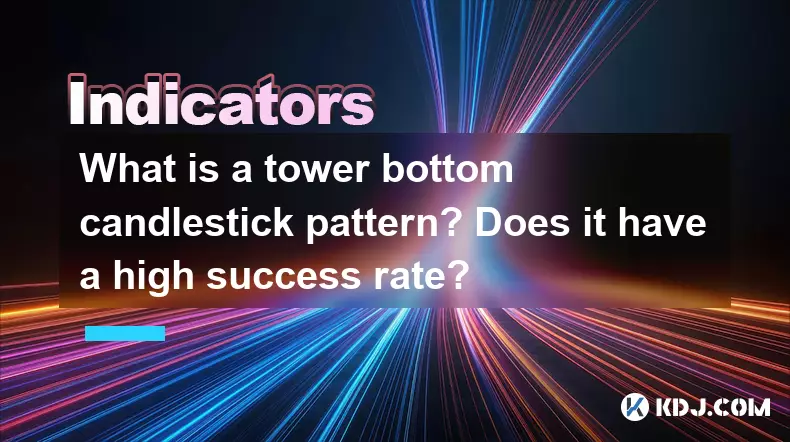
What is a tower bottom candlestick pattern? Does it have a high success rate?
Sep 22,2025 at 07:18am
Tower Bottom Candlestick Pattern Explained1. The tower bottom candlestick pattern is a reversal formation that typically appears at the end of a downt...
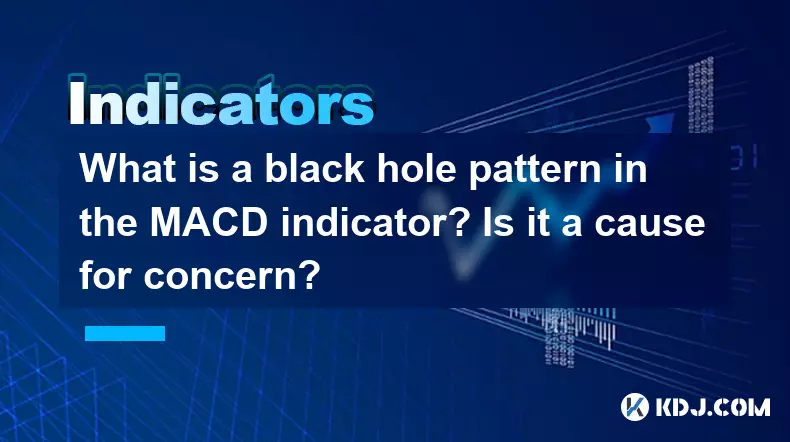
What is a black hole pattern in the MACD indicator? Is it a cause for concern?
Sep 21,2025 at 06:54pm
Bitcoin's Role in Decentralized Finance1. Bitcoin remains the cornerstone of decentralized finance, serving as a benchmark for value and security acro...

How can I use the psychological line (PSY) to determine market sentiment?
Sep 17,2025 at 02:19pm
Understanding the Psychological Line (PSY) in Cryptocurrency TradingThe Psychological Line, commonly referred to as PSY, is a momentum oscillator used...
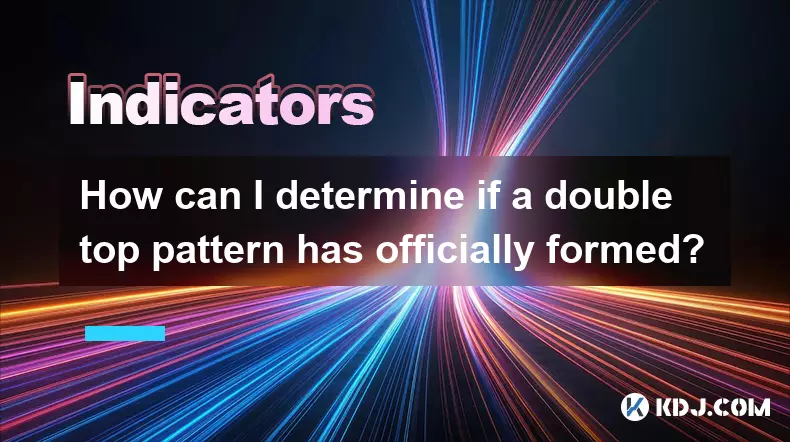
How can I determine if a double top pattern has officially formed?
Sep 21,2025 at 03:18am
Understanding the Structure of a Double Top Pattern1. A double top pattern consists of two distinct peaks that reach approximately the same price leve...
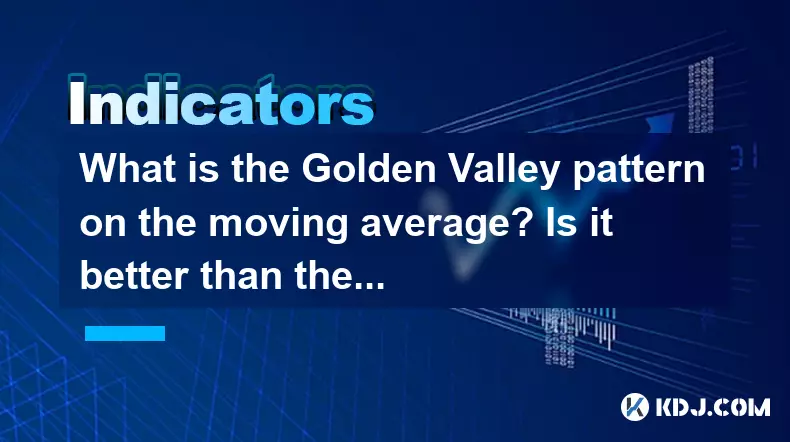
What is the Golden Valley pattern on the moving average? Is it better than the Silver Valley pattern?
Sep 21,2025 at 02:54pm
Understanding the Golden Valley Pattern in Moving Averages1. The Golden Valley pattern is a technical formation observed in cryptocurrency price chart...

What does a death cross of the RSI in the strong zone (above 50) mean?
Sep 17,2025 at 10:54pm
Understanding the Death Cross in RSI Context1. The term 'death cross' is traditionally associated with moving averages, where a short-term average cro...

What is a tower bottom candlestick pattern? Does it have a high success rate?
Sep 22,2025 at 07:18am
Tower Bottom Candlestick Pattern Explained1. The tower bottom candlestick pattern is a reversal formation that typically appears at the end of a downt...

What is a black hole pattern in the MACD indicator? Is it a cause for concern?
Sep 21,2025 at 06:54pm
Bitcoin's Role in Decentralized Finance1. Bitcoin remains the cornerstone of decentralized finance, serving as a benchmark for value and security acro...

How can I use the psychological line (PSY) to determine market sentiment?
Sep 17,2025 at 02:19pm
Understanding the Psychological Line (PSY) in Cryptocurrency TradingThe Psychological Line, commonly referred to as PSY, is a momentum oscillator used...

How can I determine if a double top pattern has officially formed?
Sep 21,2025 at 03:18am
Understanding the Structure of a Double Top Pattern1. A double top pattern consists of two distinct peaks that reach approximately the same price leve...

What is the Golden Valley pattern on the moving average? Is it better than the Silver Valley pattern?
Sep 21,2025 at 02:54pm
Understanding the Golden Valley Pattern in Moving Averages1. The Golden Valley pattern is a technical formation observed in cryptocurrency price chart...

What does a death cross of the RSI in the strong zone (above 50) mean?
Sep 17,2025 at 10:54pm
Understanding the Death Cross in RSI Context1. The term 'death cross' is traditionally associated with moving averages, where a short-term average cro...
See all articles










































































